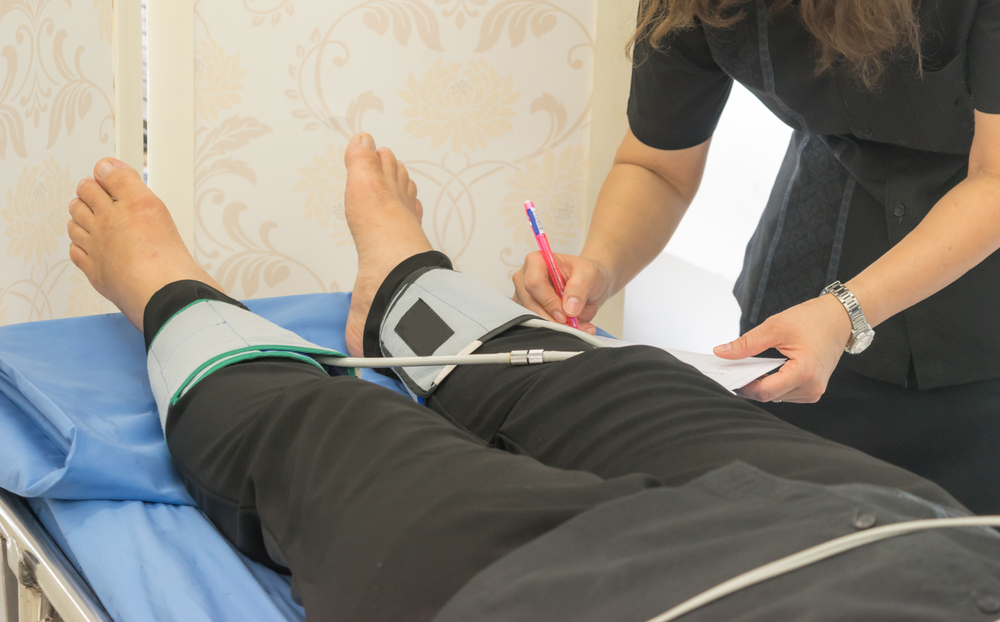Peripheral vascular disease, or PVD, is a condition that affects the blood vessels outside of the heart and brain, typically the arteries that supply blood to the legs and feet. This disease occurs when fatty deposits build up in the walls of the arteries, causing them to narrow and restrict blood flow. This can lead to pain, numbness, and other symptoms in the legs, as well as an increased risk of heart attack and stroke.
PVD is often caused by smoking, high blood pressure, diabetes, and high cholesterol, but it can also be a result of genetics or other underlying health conditions. Treatment for PVD typically involves lifestyle changes such as quitting smoking, regular exercise, and maintaining a healthy diet. Medications and surgical procedures may also be recommended in more severe cases.
Early detection and treatment of PVD is important to prevent serious complications and improve quality of life. If you are experiencing symptoms such as leg pain or numbness, or have risk factors for PVD, it is important to speak with our team of board certified medical specialists to discuss screening and treatment options.

